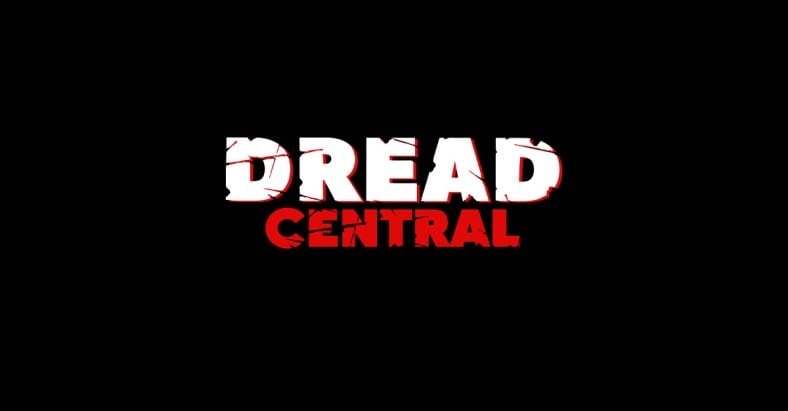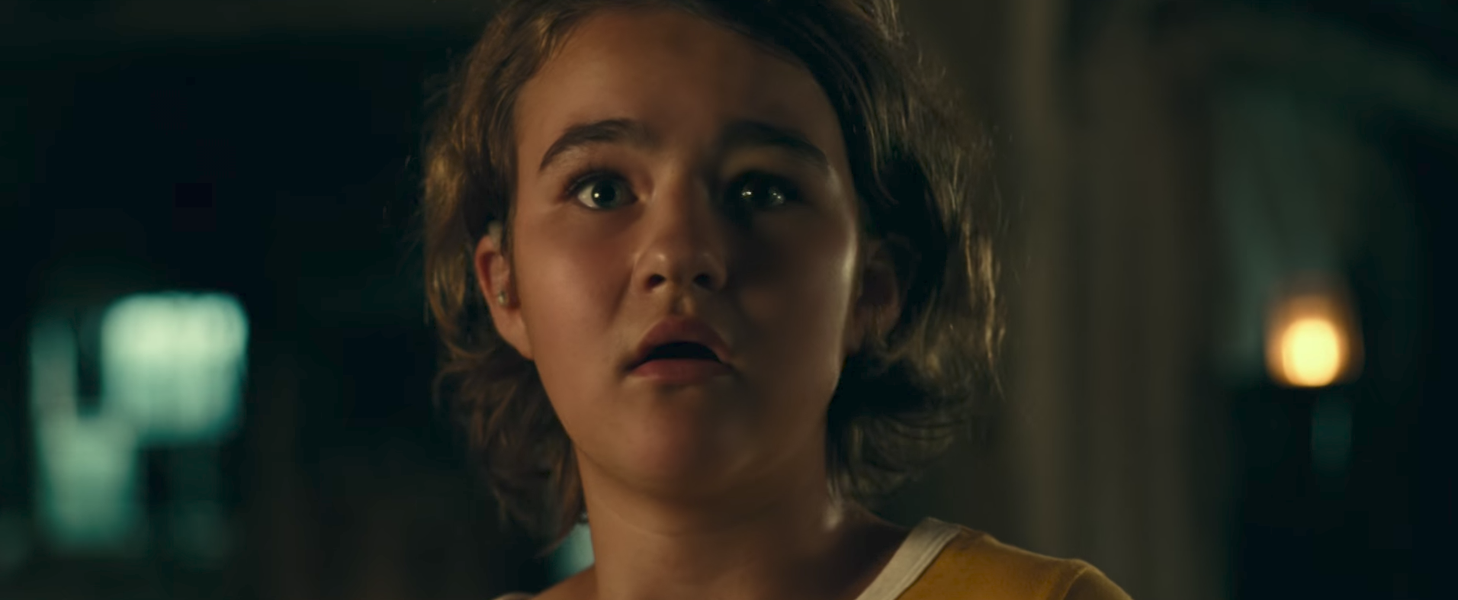The ninth and final film in our Resilience Film Series, A Quiet Place, tells the story of a post-apocalyptic family threatened by mysterious creatures with super-heightened senses of hearing. The family has to live in complete silence in order to survive: can anyone think of a situation demanding more resilience than that?
Directed and co-written by John Krasinski in his first such role behind the camera, A Quiet Place will show Tuesday Oct. 30th, at 7 pm in Miller Auditorium (Stark 103). The film is rated PG-13, and we look forward to a discussion of its techniques and themes following the show. We’re happy to bring a horror film to campus to celebrate Halloween (a day early), and A Quiet Place is a unique film that demonstrates the extraordinary resilience a family who can’t speak aloud–and one non-hearing child–must adopt to persevere.

As Lee Abbott, writer-director-actor John Krasinski carries the load in front of and behind the camera in A Quiet Place
As its title might suggest, A Quiet Place is defined primarily by its silence. That along makes it unique among most typical Hollywood fare dependent upon dialogue for exposition, music to convey emotion, and loud effects to signal danger. Unlike a typical action film, A Quiet Place uses silence as its most effective type of sound. Small diegetic noises–a rustling leaf, a dropped item, etc.–become much more noticeable. Because the Abbott family has to remain quiet, they use sign language to communicate with each other. Talking out loud is simply not an option.
Like The Shape of Water, much of the communication in A Quiet Place–in fact, here, most of it–is nonverbal. With little to no speaking dialogue, much of the communication is conveyed through simple close-ups and medium close-ups. These show the actors’ fear without the audience hearing the characters’ screams.

Emily Blunt as Evelyn Abbott, distracted by an offscreen sound.
Like Get Out–a film we showed as a part of our Creativity and Innovation series in 2017–A Quiet Place both uses and subverts typical horror-film tropes. Offscreen sounds in particular heighten the characters’ palpable sense of fear of the unknown. But here, ANY sound becomes frightening. Most horror films feature characters who are resilient simply because they must be to survive, but the Abbotts must be resilient simply to conform and adapt to life without sound. The Abbotts already knew how to communicate by using sign American Sign Language with their daughter, Regan.

Like the character she plays, Millicent Simmons (Regan Abbott) is deaf and uses ASL to communicate.
Regan, played by Millicent Simmonds, is congenitally deaf. So is Simmonds herself. The Abbotts’ ability to use sign makes them more resilient than most when terror threatens, and little Regan Abbott shows her resilience as she adjusts to her surroundings in a different way from the rest of her family. On set, Simmonds helped teach her fellow actors to sign: as Krasinski says, “It was non-negotiable for me to hire a deaf actress.” Just as in The Shape of Water, where the protagonist had to adapt to her muteness, Regan must also develop her own resilience to adapt. Throughout our series, we’ve seen many films that feature characters displaying resilience. As the director of A Quiet Place, John Krasinski may be new to the filming process, but he shows us a family–and a young girl, and the actor portraying her–who are every bit as resilient as they need to be.
A Quiet Place will conclude this year’s Resilience Film Series on Tuesday, October 30, 2018 at 7 pm in Miller Auditorium (Stark 103) on the Winona State University campus. Admission is free and open to all. Hope to see you there!

Trackbacks/Pingbacks